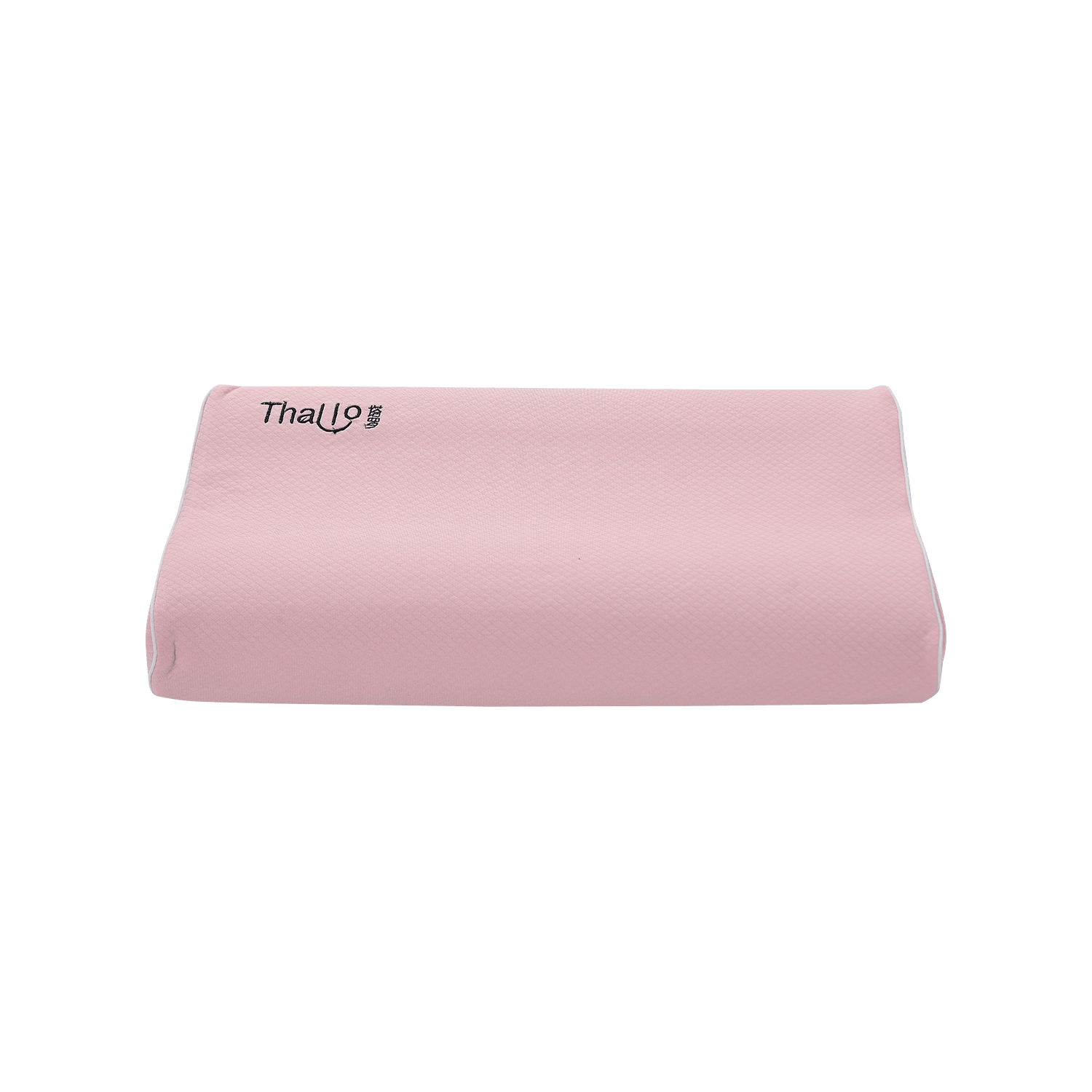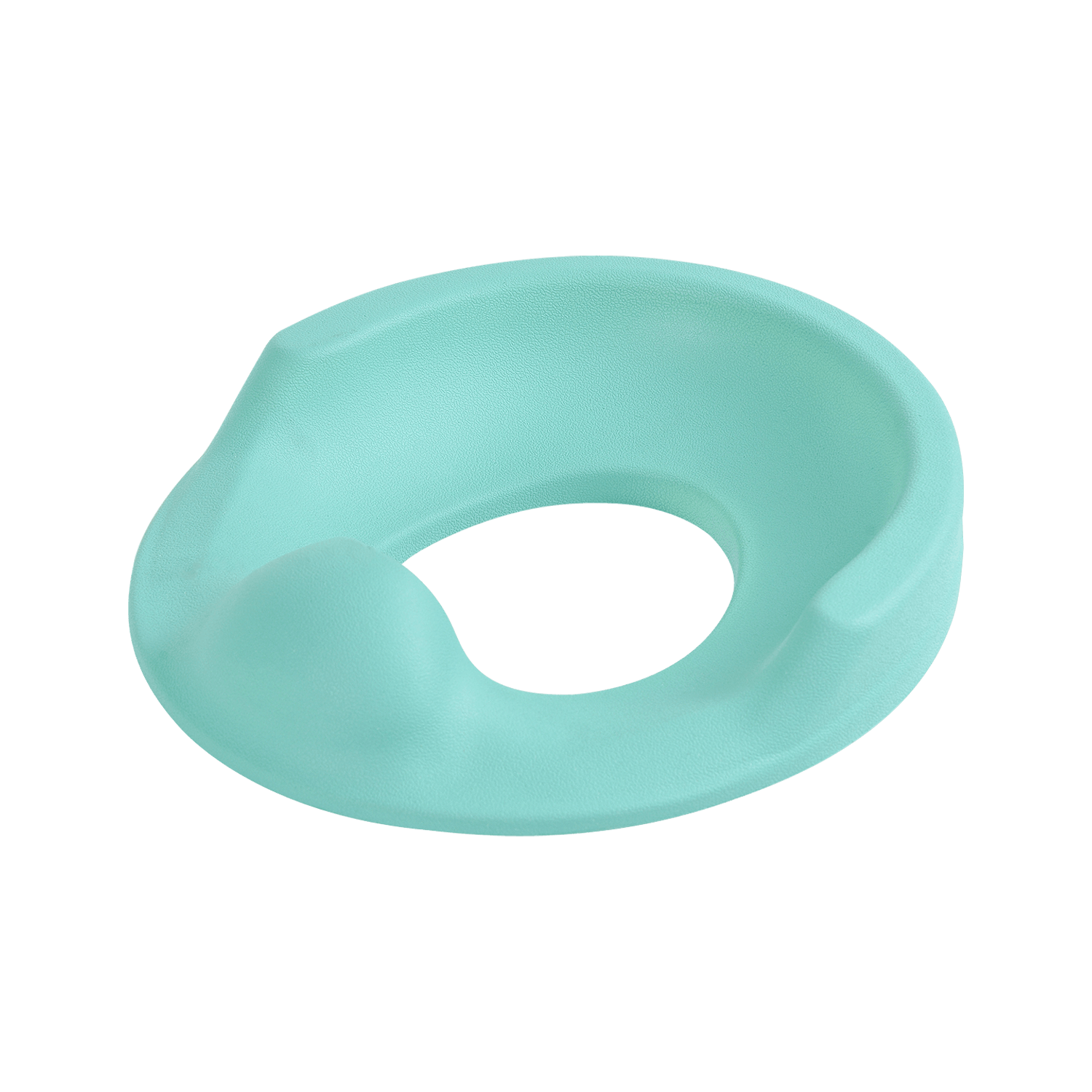In the process of parenting, selecting an appropriate Infant Changing Pad is crucial. It not only needs to provide a safe and comfortable diaper-changing environment but also needs to be easy to clean and maintain to ensure the hygiene and health of the baby. This article will delve into the material selection and cleanability of Infant Changing Pads, helping parents make informed decisions.
Importance of Material
Comfort and Support of Foam Material
Foam material Infant Changing Pads are popular due to their softness and good support. They can provide a comfortable diaper-changing environment for the baby, reducing discomfort during the process. The surface of foam material usually has a certain elasticity, which can adapt to the baby's body curves, providing better support and protection.
Waterproof and Anti-Slip Properties of Rubber Material
Rubber material Infant Changing Pads have good waterproof and anti-slip properties, effectively preventing urine penetration and the baby from slipping. The smooth surface of rubber material has a certain friction, ensuring the baby's safety during the diaper-changing process. Additionally, the waterproof performance of rubber material can prevent urine from penetrating into the pad, keeping it dry and hygienic.
Durability and Sturdiness of Plastic Material
Plastic material Infant Changing Pads are sturdy and durable, capable of withstanding the baby's weight and daily wear and tear. The smooth surface of plastic material does not deform easily, maintaining the shape and stability of the pad. Moreover, plastic material Infant Changing Pads have good corrosion resistance and anti-stain properties, maintaining cleanliness and hygiene for a long time.
Softness and Breathability of Fabric Material
Fabric material Infant Changing Pads are more soft and comfortable, providing better touch and breathability. The surface of fabric material is soft and has a certain elasticity, adapting to the baby's skin, reducing friction and discomfort. Additionally, the breathability of fabric material can keep the baby's skin dry, preventing rashes and skin problems.
Cleanability Considerations
Waterproof Surface of Foam Material
Foam material Infant Changing Pads usually have a waterproof surface, which can be easily wiped clean. The waterproof surface can prevent urine and dirt from penetrating into the pad, maintaining its cleanliness and hygiene. Parents only need to wipe the surface with a damp cloth to quickly clean the pad, saving time and effort.
Smooth Surface of Rubber Material
Rubber material Infant Changing Pads have a smooth surface, making it difficult for dirt and urine to adhere, and can be cleaned with a damp cloth. The smooth surface can reduce the accumulation of bacteria and dirt, maintaining the pad's hygiene and health. Parents can regularly wipe the surface with a damp cloth to ensure the pad's cleanliness and hygiene.
Easy Cleanability of Plastic Material
Plastic material Infant Changing Pads are also easy to clean, requiring only a damp cloth wipe or a rinse with water. The smooth surface of plastic material does not deform easily and can dry quickly, maintaining the pad's cleanliness and hygiene. Parents can regularly wipe or rinse the pad with water to ensure its cleanliness and hygiene.
Regular Washing of Fabric Material
Fabric material Infant Changing Pads need to be washed and replaced regularly to maintain hygiene. The surface of fabric material is soft and has a certain water absorption, making it easy to accumulate dirt and bacteria. Parents need to regularly wash the pad with warm water and detergent and thoroughly dry it after washing to maintain the pad's cleanliness and hygiene.
Select Material Based on Baby's Age and Weight
When choosing an Infant Changing Pad, parents need to select the appropriate material based on the baby's age and weight to ensure a safe and comfortable diaper-changing environment. Newborns and infants can choose soft and comfortable foam or fabric materials, while toddlers can choose sturdy and durable rubber or plastic materials.
Choose Easy-to-Clean Material
Select easy-to-clean material to reduce the accumulation of bacteria and dirt, ensuring the baby's hygiene and health. Parents can choose foam material with a waterproof surface or rubber material with a smooth surface, which can be easily wiped clean, maintaining the pad's cleanliness and hygiene.
Select Size and Color Based on Family Usage Environment
Select the appropriate size and color based on the family usage environment and needs to ensure that the Infant Changing Pad can be conveniently placed on the dressing table or other suitable positions. Parents can choose an Infant Changing Pad that fits the top of the dressing table to save space and facilitate use.
Consider Safety and Comfort of the Pad
When choosing an Infant Changing Pad, parents also need to consider the safety and comfort of the pad. Choose pads with anti-slip design and safety belts to increase the baby's safety during the diaper-changing process. Choose soft and comfortable materials and shapes to reduce the baby's discomfort during the diaper-changing process, providing a safer and more comfortable diaper-changing environment.

















 英语
英语 西班牙语
西班牙语
